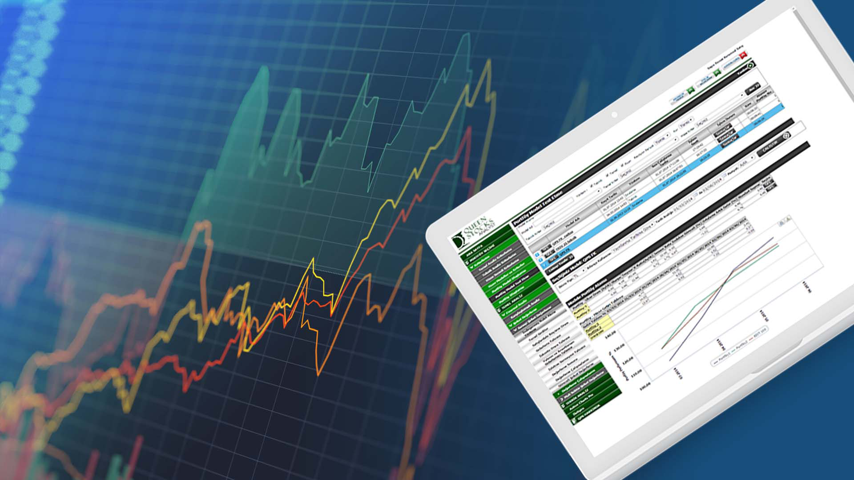Acquirements
- Firm valuation methods
- Determining the stock price of publicly traded companies
- Cost of capital calculation
- Financial forecasting and valuation
Tutors

Hünkar İvgen
Certified Public Accountant and Consultant
Course Content
6 chapters33 videos7 hour 35 minute total time
Data Upload
- Data Upload18:55
Valuation Concept and Basic Financial Statements
- Valuation and Basic Financial Statements25:22
Valuation Methods and Discounted Cash Flows
- Valuation Methods and Discounted Cash Flows36:22
Relative Valuation Methods
- Relative Valuation Methods 117:11
- Relative Valuation Methods 215:55
Net Asset Value
- Net Asset Value10:14
Applications
- Basic Assumptions for the Study08:31
- EBITDA Adjustment14:34
- Macroeconomics14:13
- Net Operating Working Capital09:31
- Capital Structure and Amortization07:41
- Sales Forecasting and Historical Growth22:58
- Sales Forecasting and Analyst Estimates10:22
- Cost of Sales Forecasting and Sales Percentage10:30
- Cost of Sales Forecasting and Cost Structure12:11
- Cost of Sales Forecasting and Regression Analysis15:47
- Operating Expenses Forecasting and Expense-Based Estimation13:06
- Operating Expenses Forecasting and Sales Percentage Method06:20
- Operating Expenses Forecasting and Regression Analysis10:07
- Forecasting Other Income and Expenses09:53
- Net Operating Working Capital Forecasting and Sales Percentage Method09:02
- Net Operating Working Capital Forecasting and Sales Cost Percentage Method07:32
- Amortization and Depreciation Expense Forecasting27:12
- Earnings Before Interest, Taxes, Depreciation, and Amortization (EBITDA)06:19
- Forecasting Cash and Cash Equivalents07:20
- Determining the Type of Funding Requirement10:33
- Pro Forma Balance Sheet, Income Statement, and Dividend Forecast14:42
- Projection Charts19:55
- Financial Performance Ratios07:31
- Estimated Performance Charts07:14
- Free Cash Flow Forecast and Weighted Average Cost of Capital (WACC)24:04
- Valuation Result11:59
- Estimated Value11:40














